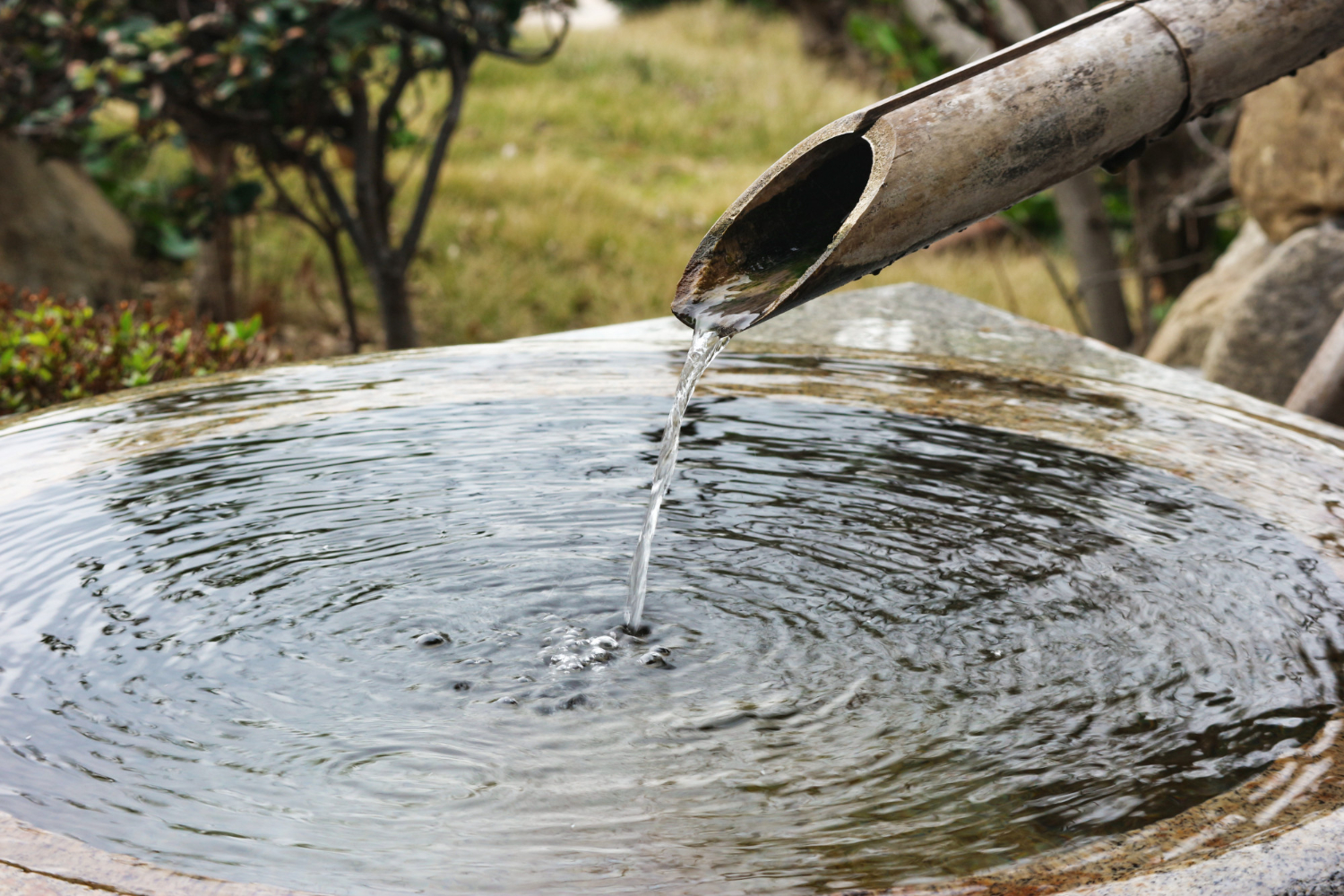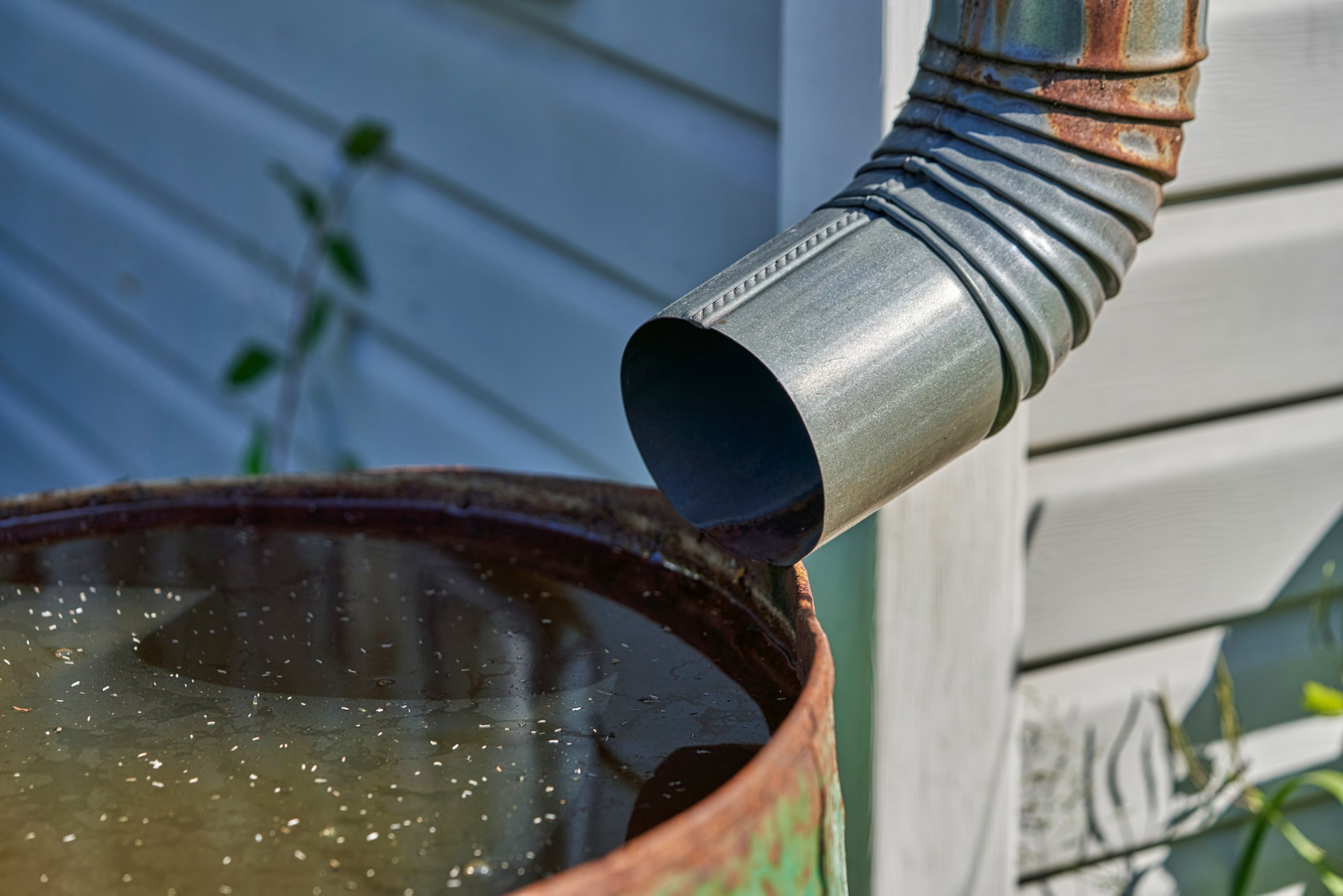Gardening is a passion for many homeowners. Growing flowers and vegetables and creating a pleasant, green outdoor space is a real pleasure. Yet between the regular watering needed to keep your plants healthy and rising water bills, it can be difficult to balance your love of gardening and your budget. Fortunately, there is an easy to implement and economical solution: install a rainwater collector!
Why install a rainwater collector?
Installing a rainwater collector has many benefits both for the environment and for your wallet. By using rainwater to water your plants, you reduce your consumption of drinking water and therefore your ecological footprint. Additionally, rainwater is naturally rich in nutrients, beneficial for your plants. Finally, by installing a rainwater collector, you can make considerable savings on your water bill.
What materials should you choose for your rainwater collector?
There are many solutions for installing a DIY rainwater collector. You can opt for a plastic barrel, an underground tank or even a concrete bin. Whatever material you choose, make sure it is resistant to bad weather and temperature variations. You can also add a filter to your system to remove dirt and dead leaves.
How to install your rainwater collector?
- Choose a strategic location: place your rainwater collector near your garden to make watering your plants easier.
- Install a gutter system: position a gutter above your rainwater collector to direct rainwater directly into it.
- Connect the gutter system to the collector: use a downspout to connect the gutter to your rainwater collector. Make sure the hose fits snugly and leaks tight.
- Install a drain tap: Place a drain tap at the bottom of your rainwater butt to make it easier to use the stored water.
- Raise the rainwater collector: to facilitate the flow of water, slightly raise your collector by placing bricks or boards underneath.
- Maintain your rainwater collector: make sure to clean your rainwater collector regularly to avoid the accumulation of deposits and dirt. You can use diluted bleach to disinfect the tank.

Explore other eco-friendly watering methods
Beyond the traditional rainwater collector, many gardeners are constantly seeking to adopt more ecological and economical practices to maintain their gardens. Other innovative and environmentally friendly methods can complement the use of the water collector, making your approach to gardening even greener and more sustainable.
Mulching: an alternative to retain humidity
Mulching involves covering the soil of your garden or plant pots with organic materials such as bark, straw or dead leaves. This technique has the advantage of maintaining soil humidity. This way, water evaporates less quickly, and your plants can benefit from a constant water reserve. In addition, mulching reduces the development of weeds, which reduces the maintenance required.
Drip irrigation: precision and economy
Drip irrigation is a technique that provides water directly to the roots of plants. This prevents rapid evaporation of water and ensures precise watering. By combining this method with the use of rainwater, you optimize your water consumption while ensuring the proper development of your plants.
Choosing plants: opt for drought-resistant species
Some plants naturally have a great capacity to resist drought. By incorporating more of these species into your garden, you reduce the need for watering. Plants like lavender, thyme or rosemary are not only beautiful, but they also require less water.
Gray water recovery: an alternative water source
Gray water comes from your bathroom, your kitchen or your washing machine. After adequate treatment to eliminate impurities, this water can be reused to water your garden. Although they do not completely replace drinking water, they can supplement your supply, especially in times of drought.
Integrate an eco-responsible automated watering system
With current technology and growing awareness of ecology, automated watering systems are increasingly designed to meet the specific needs of plants while saving water. Here is how they can be an asset in your ecological approach:
Humidity sensors and sensors: the right amount at the right time
One of the great advantages of automation is the possibility of integrating moisture sensors into the soil. These sensors measure the humidity level and trigger watering only when the soil is too dry. This way, each plant receives exactly what it needs, avoiding wasted water.
Programming according to seasons and weather conditions
With an automated watering system, it is possible to program watering according to the seasons. For example, in summer, when it is hotter, the system can increase the watering frequency. Some advanced systems can even connect to weather forecasts and adjust watering based on expected rainfall.
Optimal use of rainwater
Coupled with a rainwater collector, the watering system can draw directly from this source, thus reducing drinking water consumption. This becomes an almost completely ecological watering loop, where rainwater is collected, stored and used optimally.
Reduced evaporation thanks to night watering
Watering during the hottest hours of the day can cause water to evaporate quickly. An automated system can be programmed to water early in the morning or late in the evening when temperatures are cooler, minimizing evaporation.












